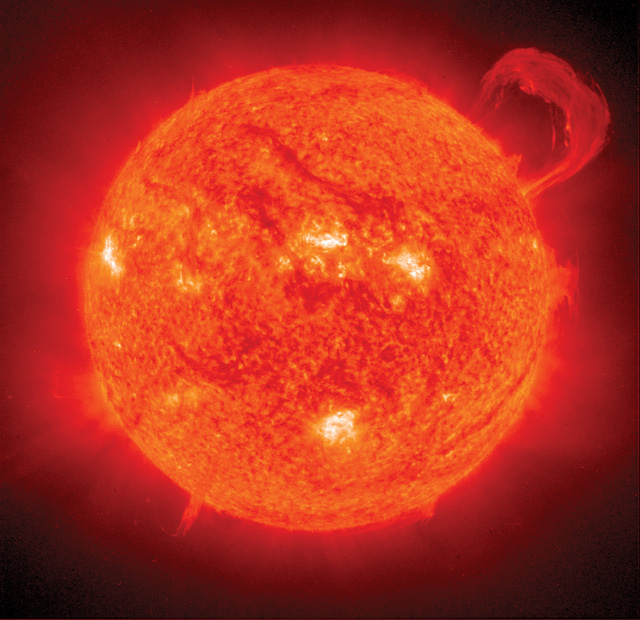
Laser Fusion’s Brightest Hope
IEEE Spectrum published a long article on the National Ignition Facility’s ongoing efforts to achieve “ignition” – more energy out than is put in. The NIF conducts research into the stewardship of the nation’s nuclear weapons stockpile, but also is the premier inertial fusion institution in the world. The article provides a comprehensive update on the latest developments at the NIF. From the article:
There are two ways ignition comes into play in a modern nuclear weapon. The first stage of a warhead, the primary, consists of a hollow sphere made of plutonium or uranium that is filled with a gas made of two isotopes of hydrogen—deuterium and tritium. When high explosives placed around the sphere are triggered, the blast compresses and compacts the shell, setting off a fission chain reaction of splitting atoms. The process sends neutrons and heat into the gas-filled center of the compacting shell, triggering fusion of the gas. This fusion step, called boost, releases neutrons that stream out through the shell, splitting yet more atoms and releasing enough heat in the form of X-rays to set off the warhead’s “secondary.” This stage consists of a ball made of a solid mix of lightweight atoms—typically lithium and hydrogen—that then fuse to create most of the energy released when a warhead explodes.
To read the full article, click here.





